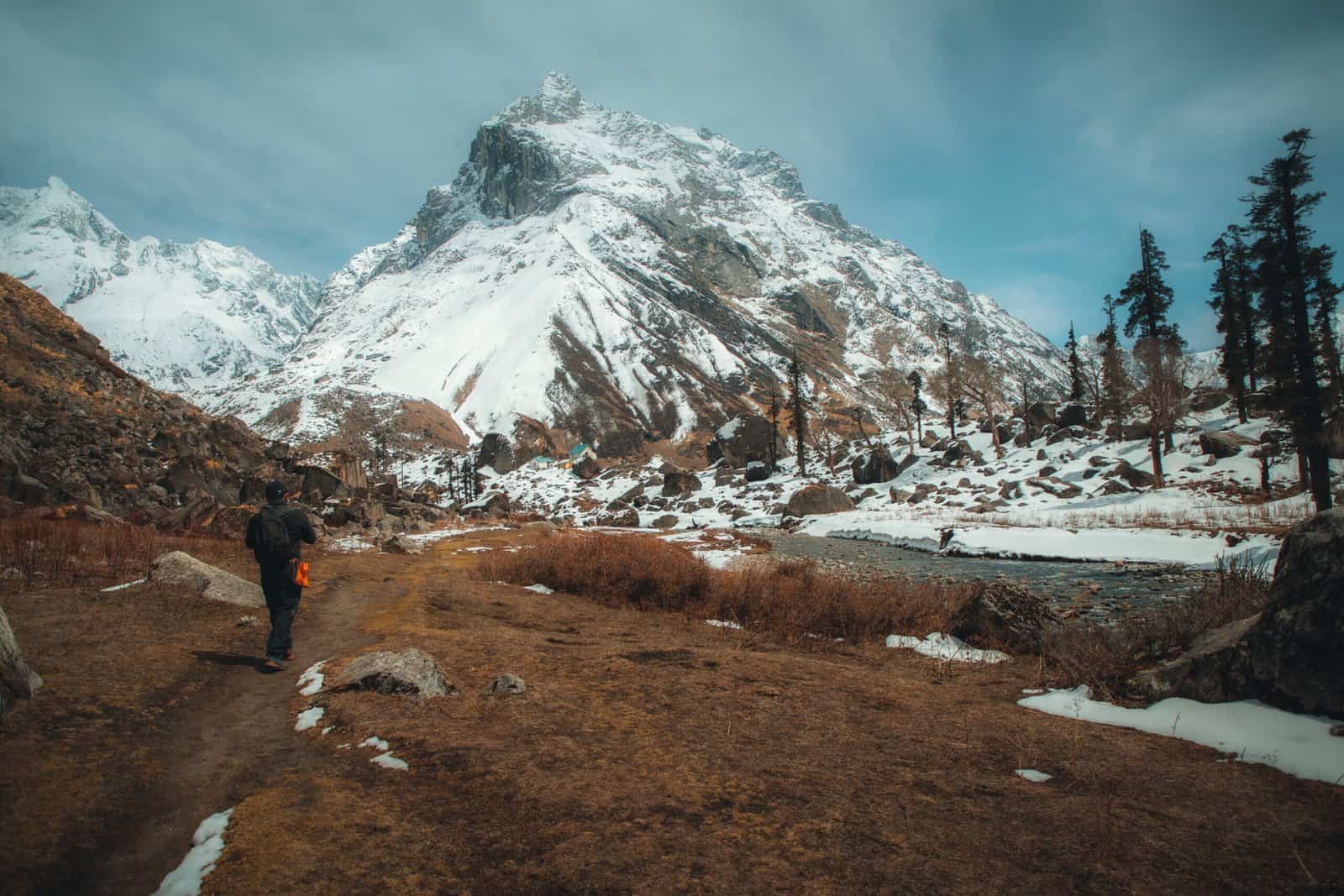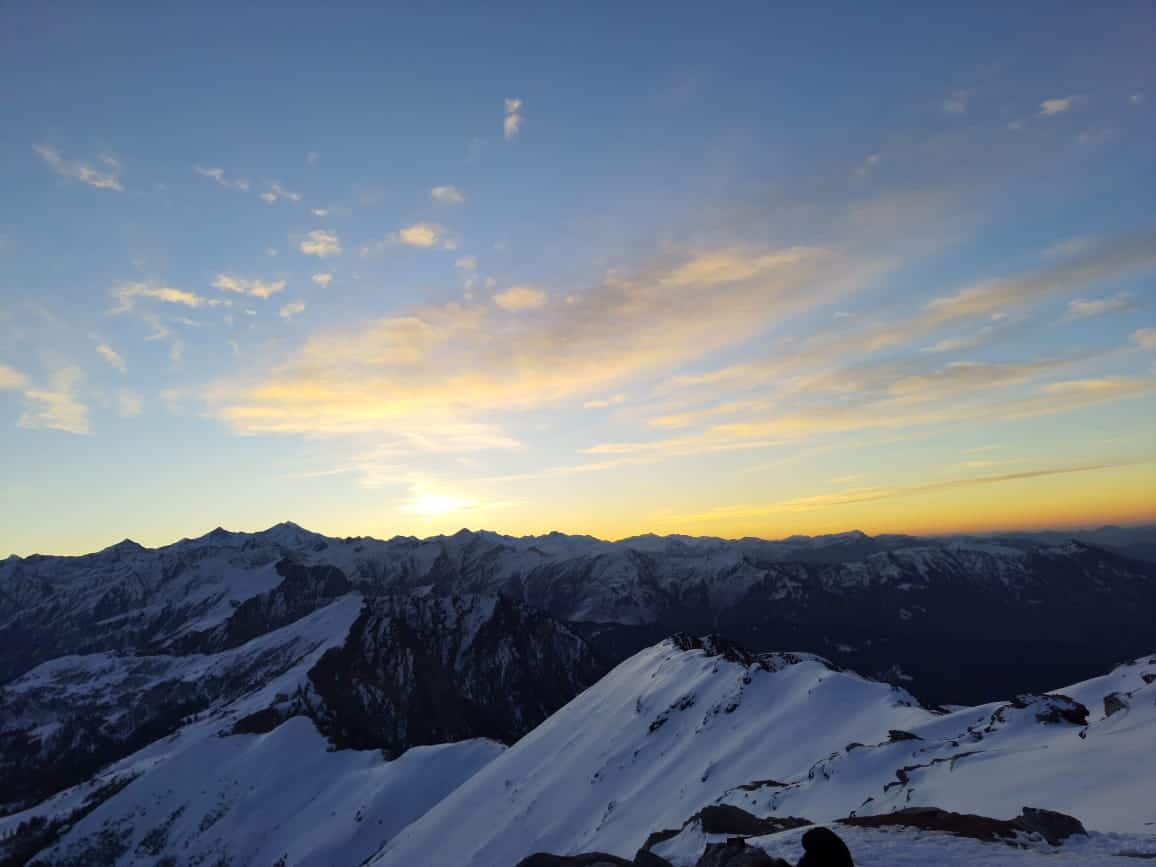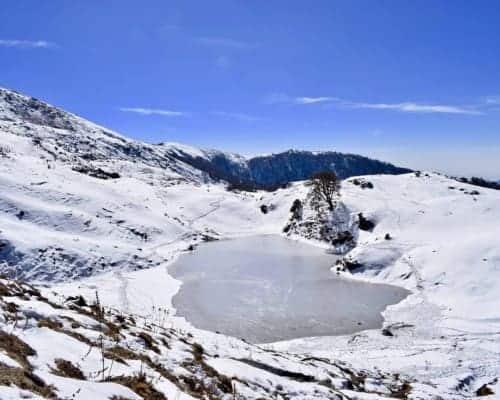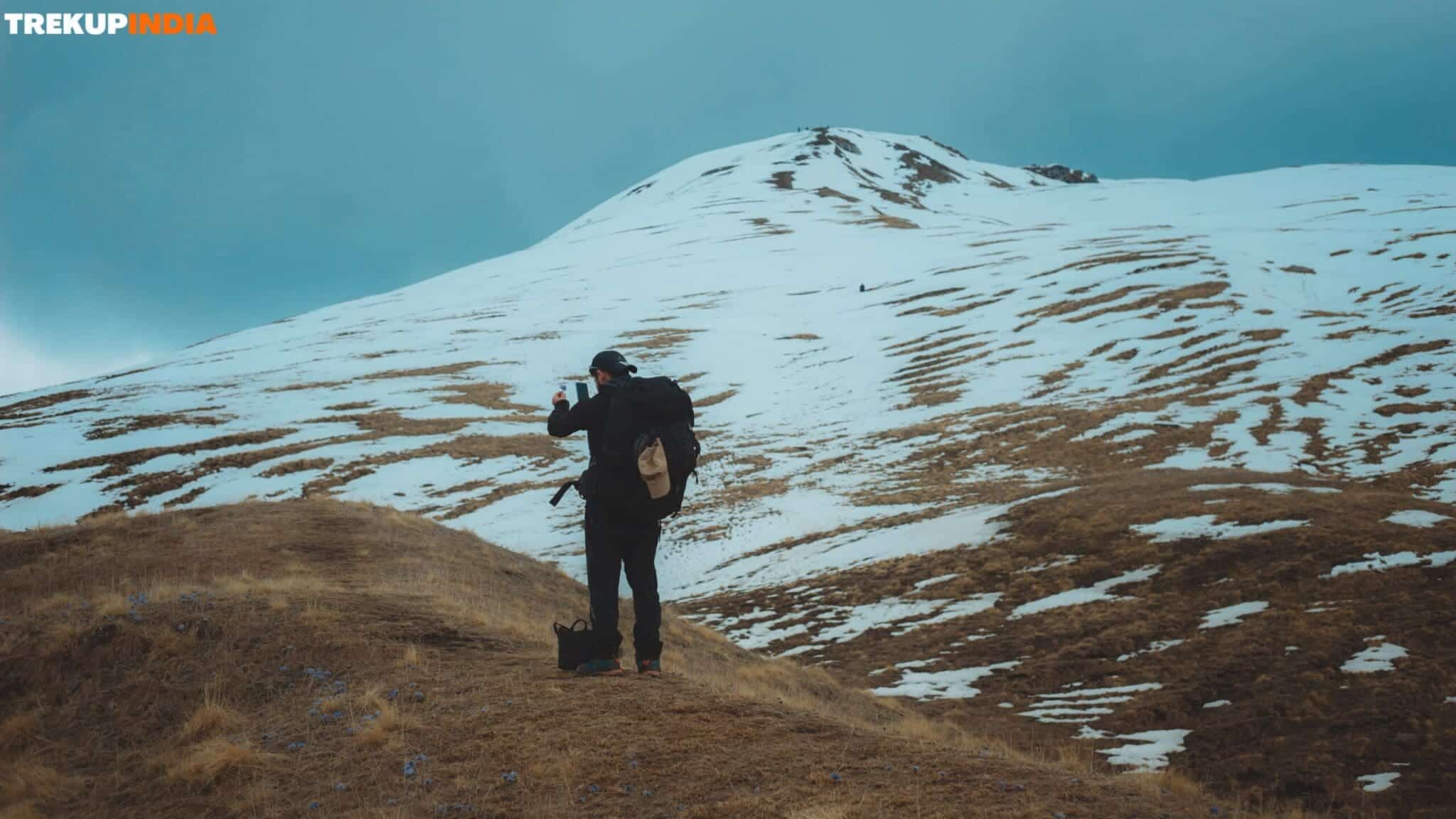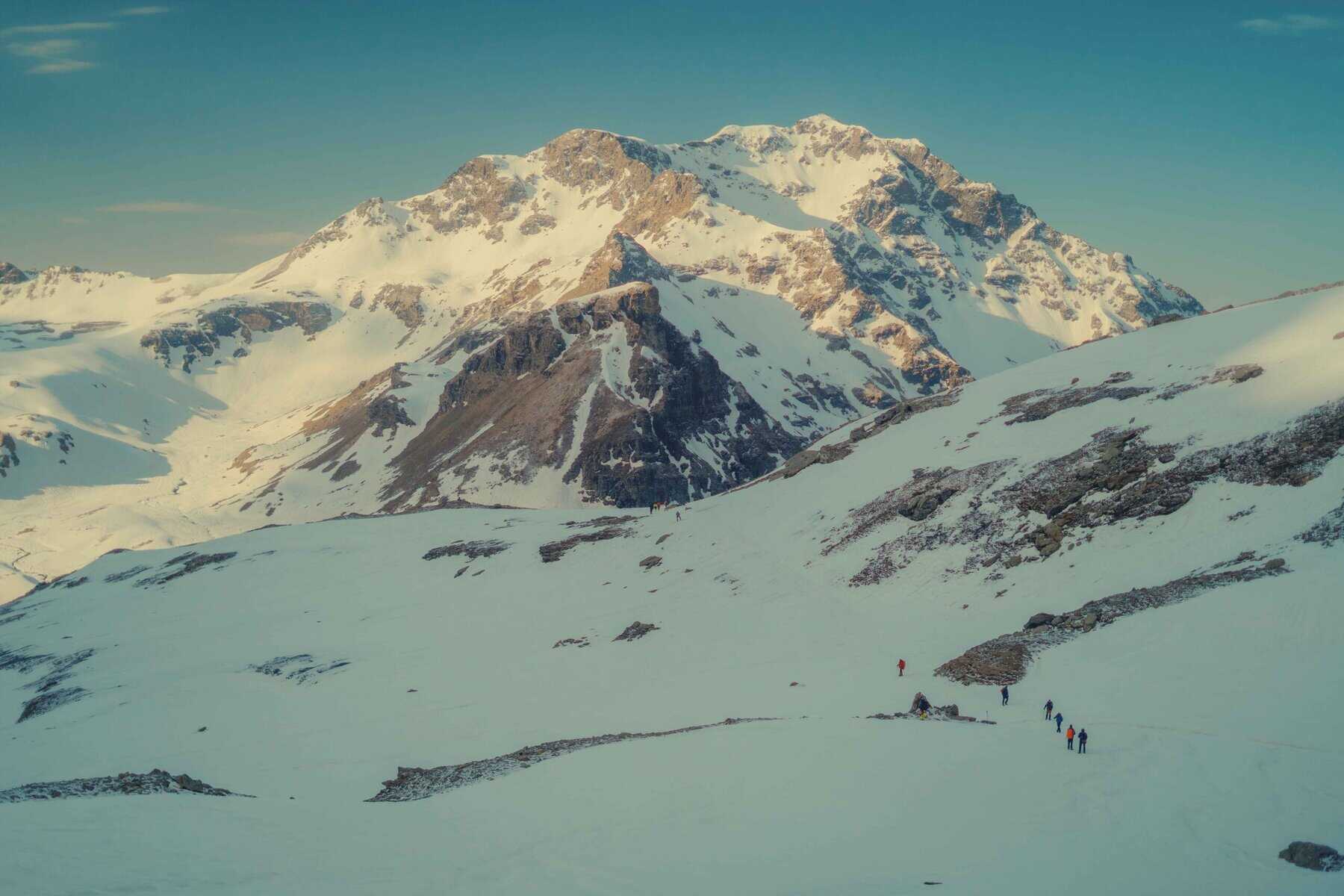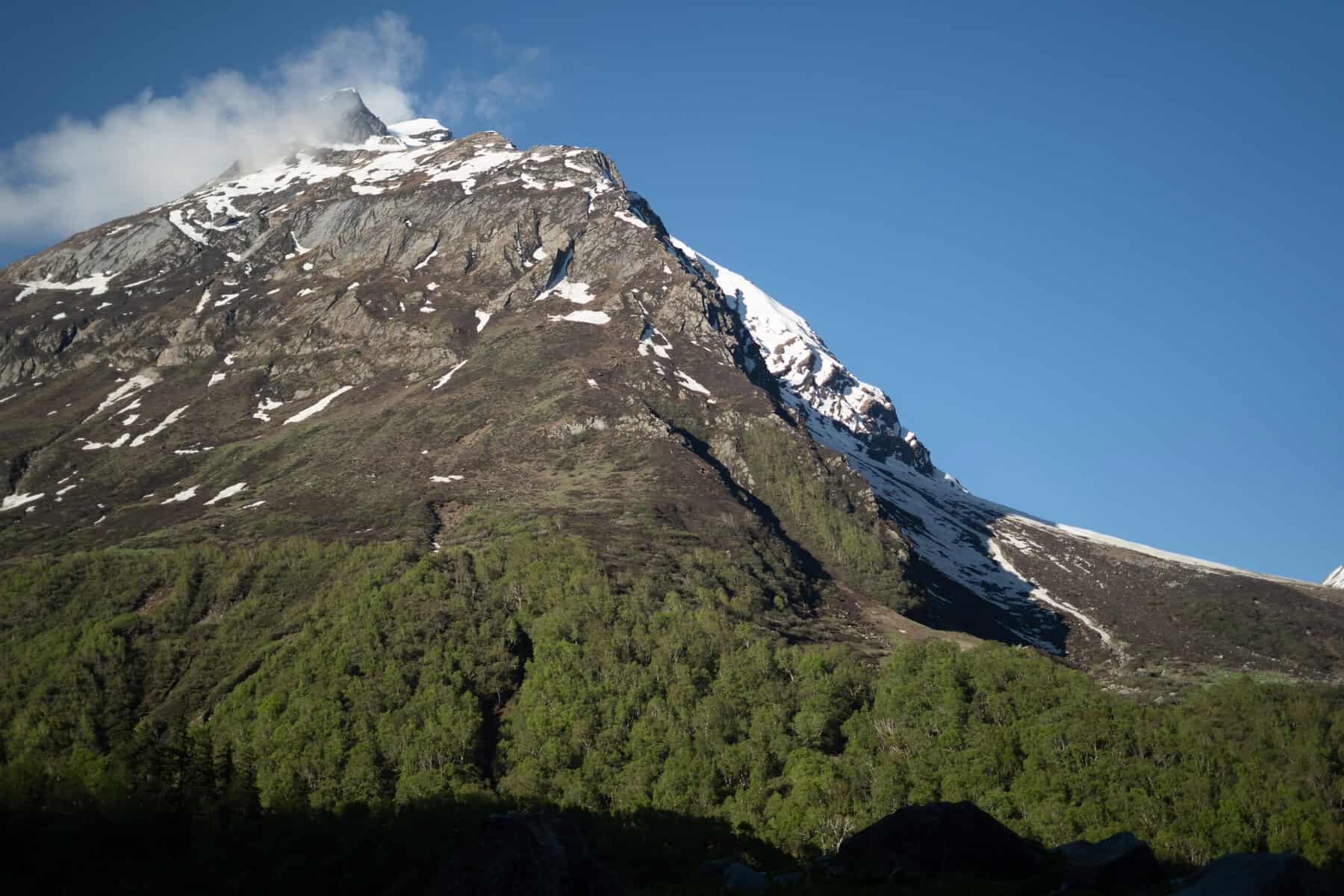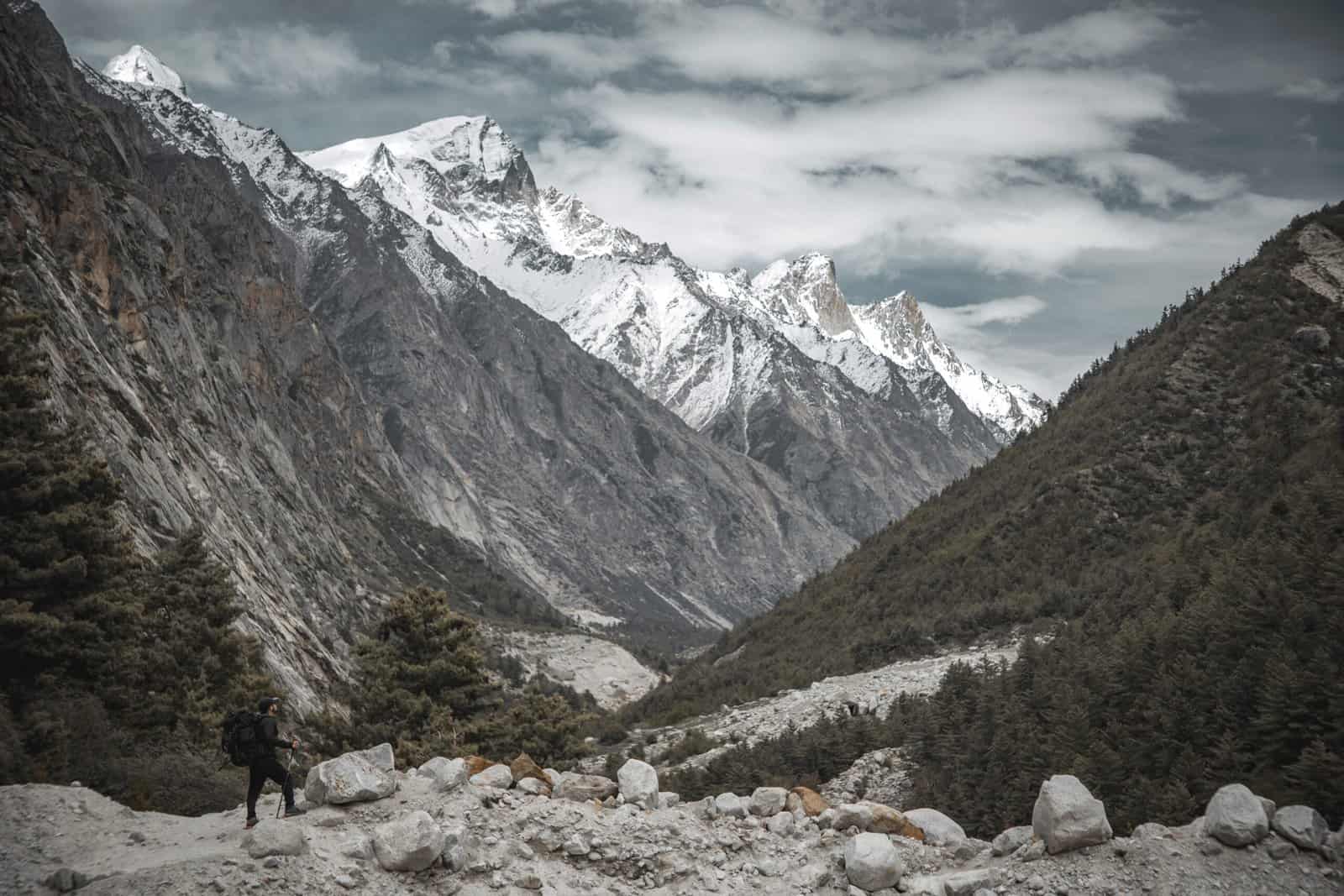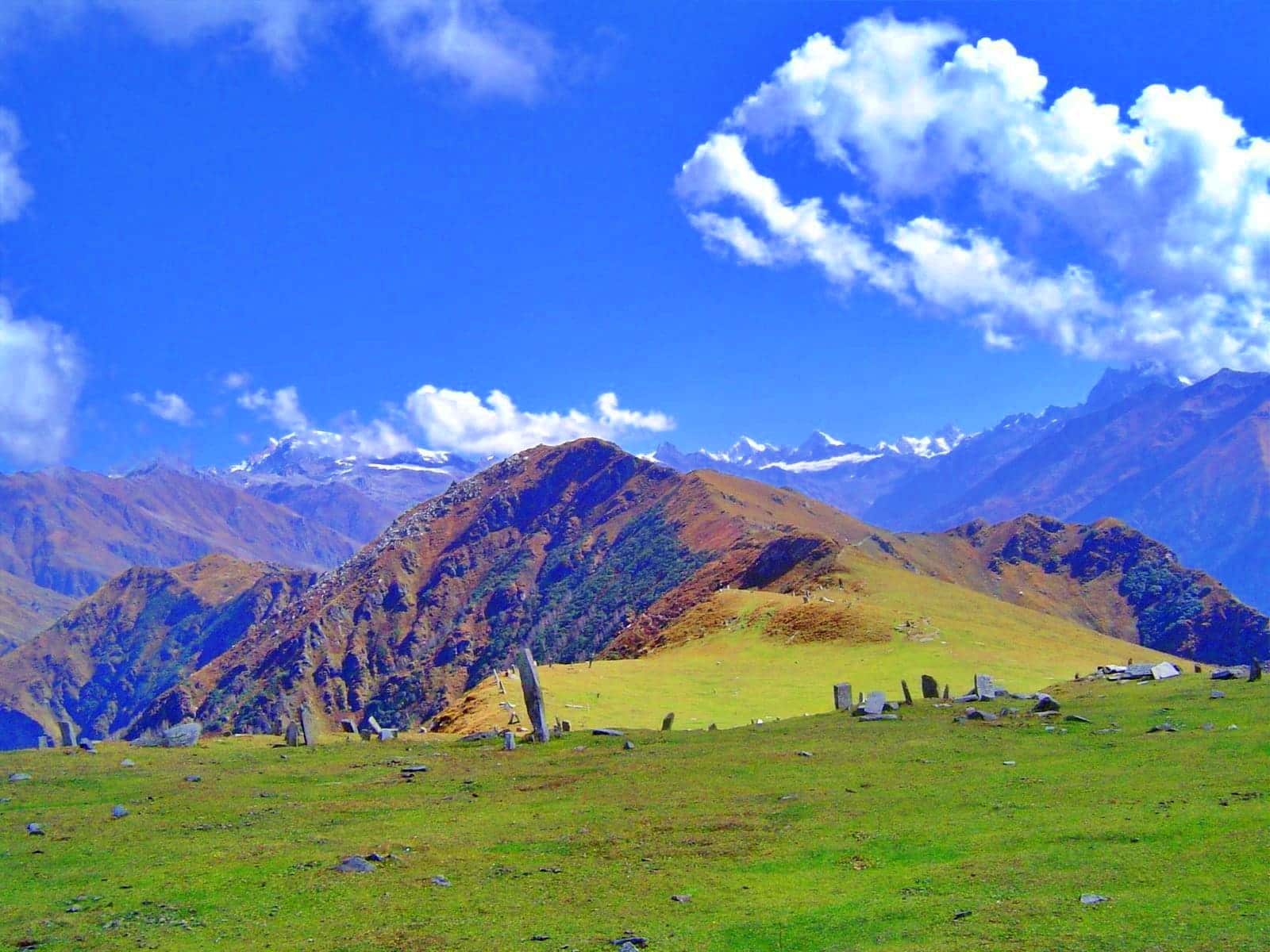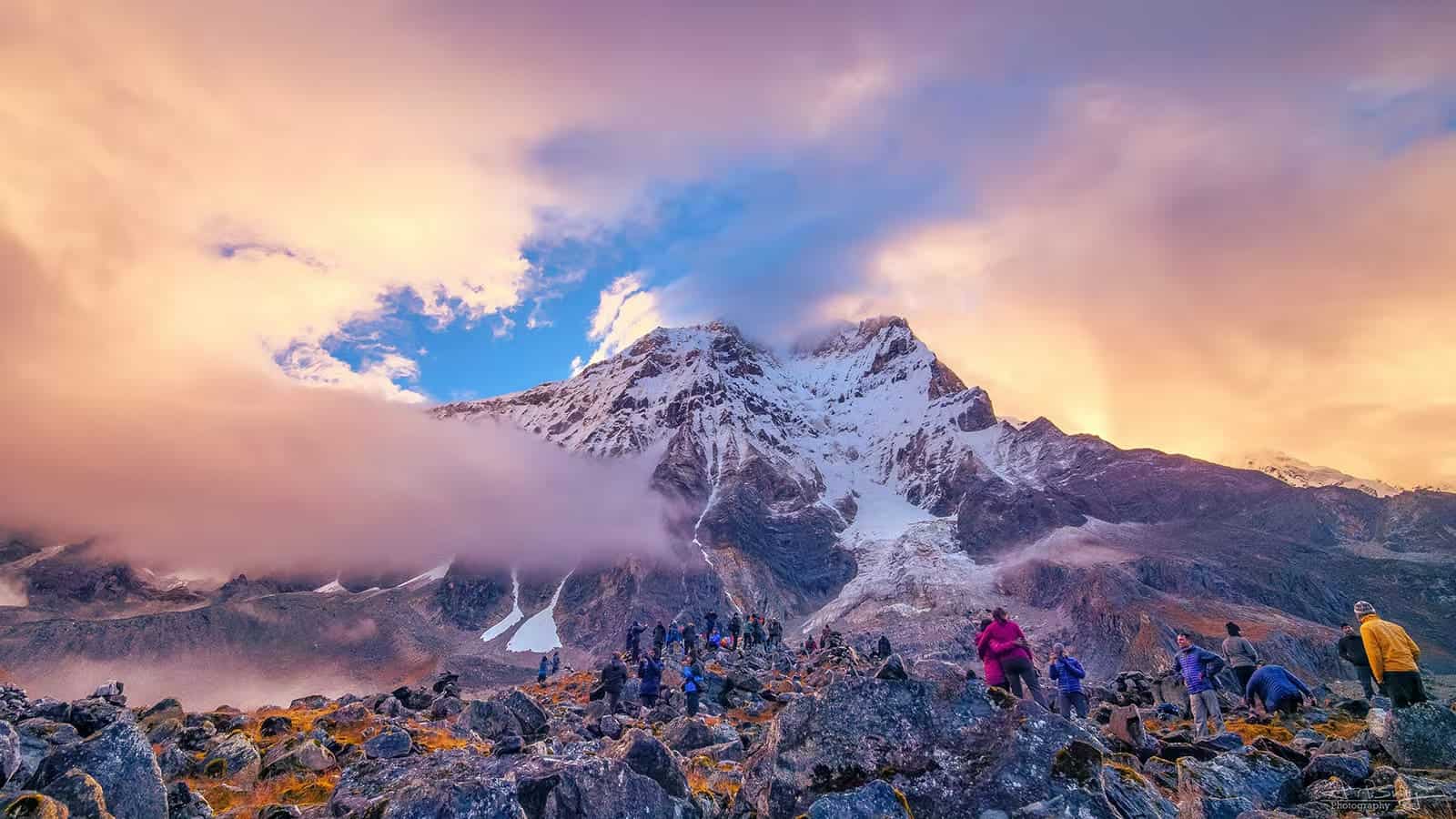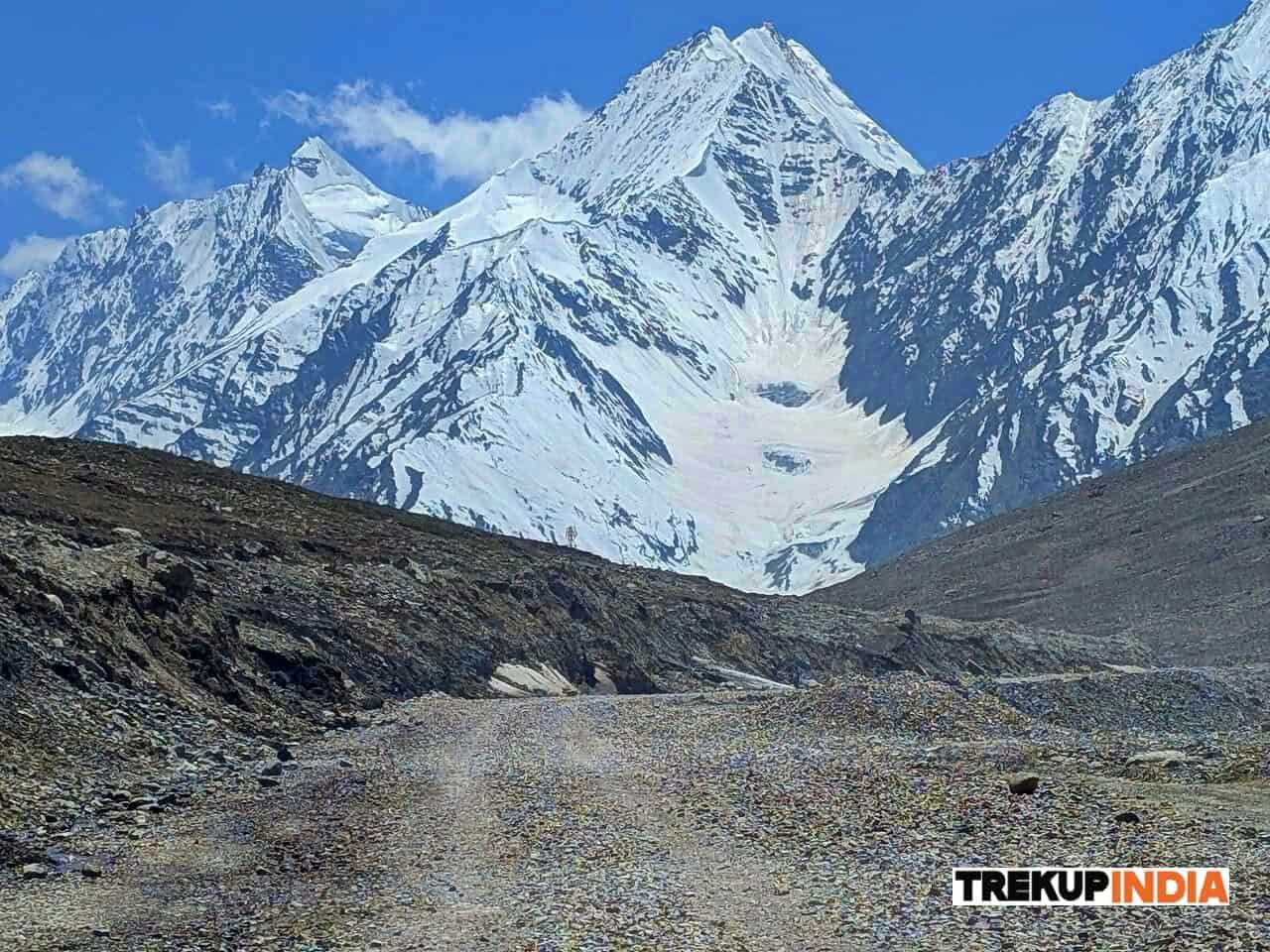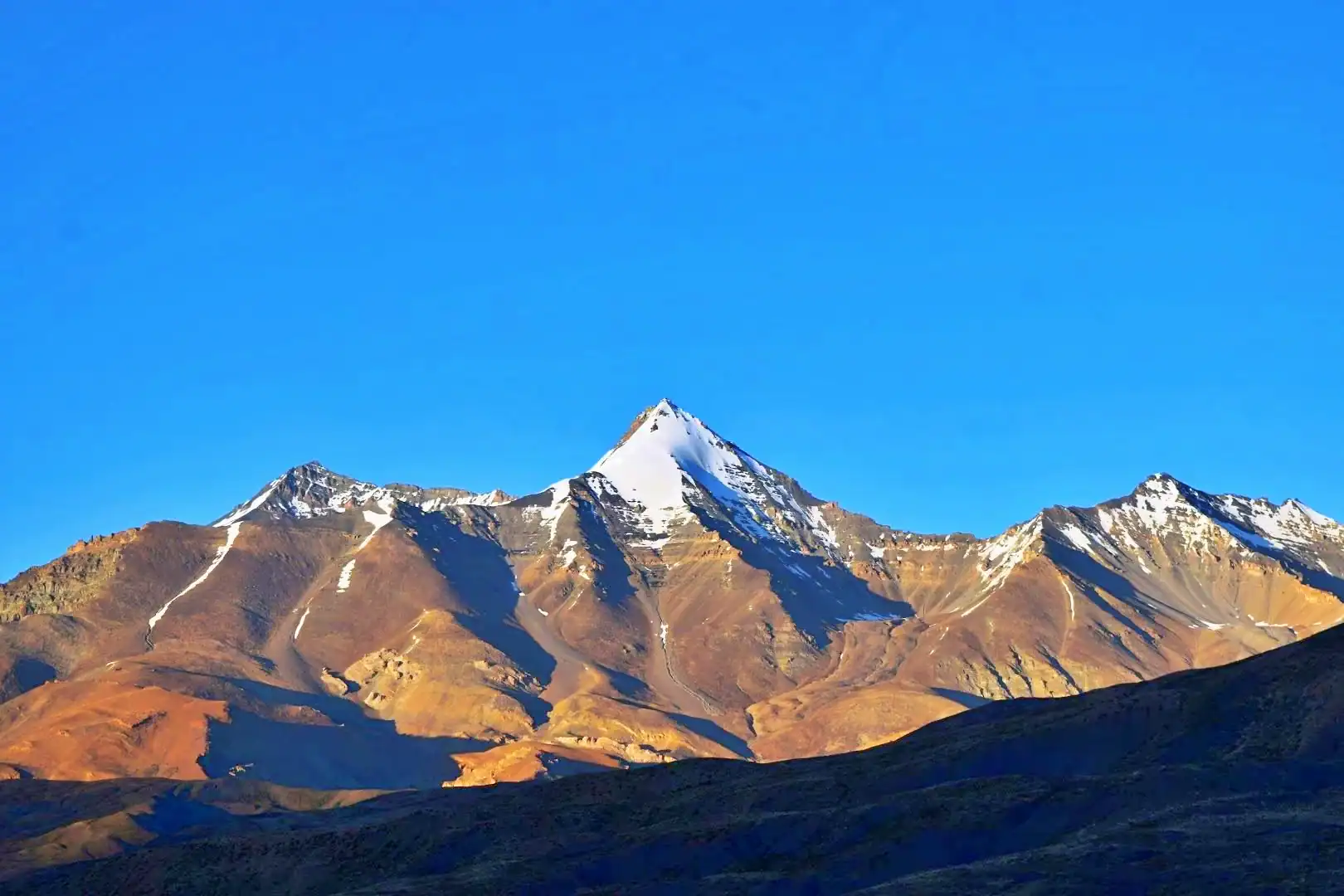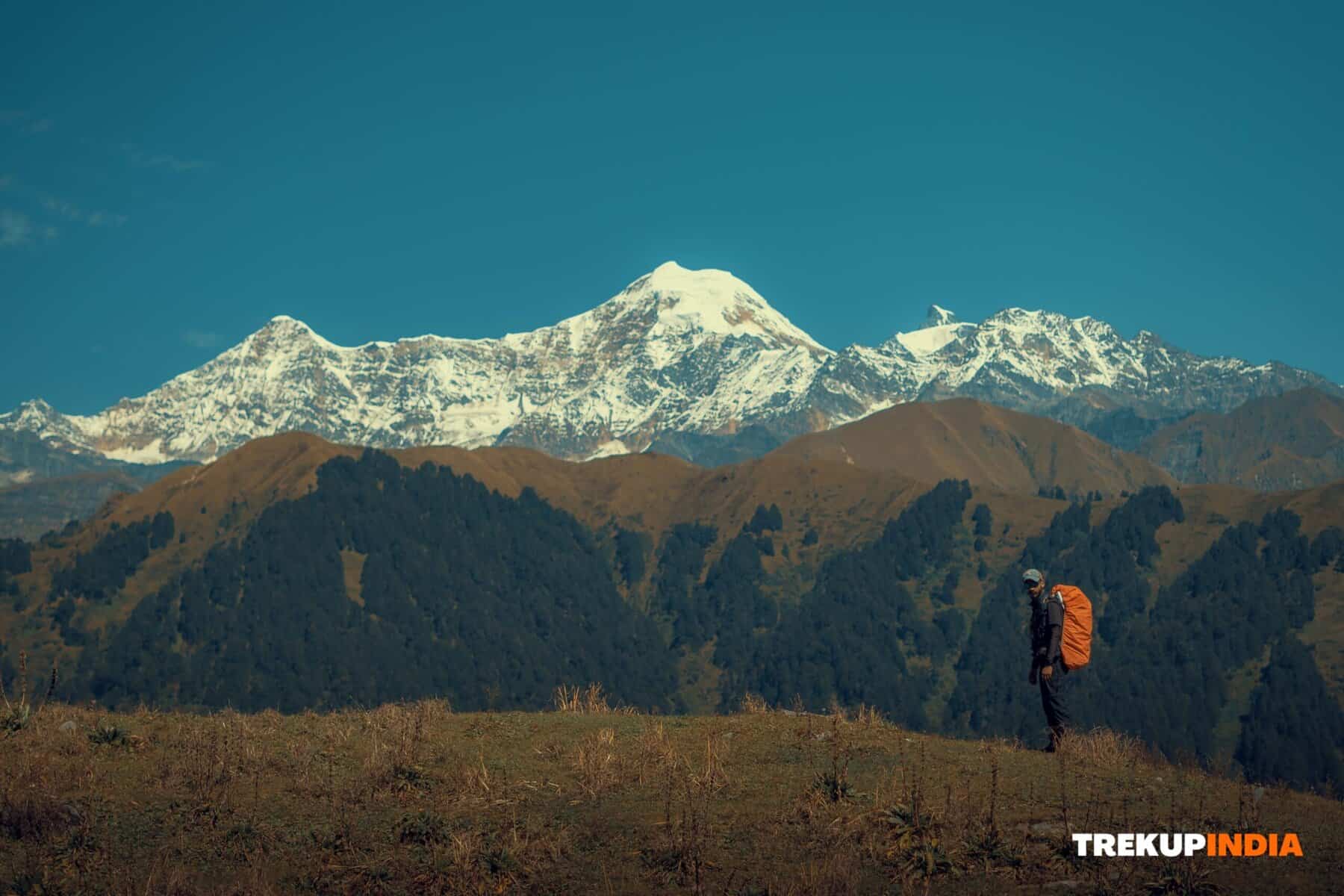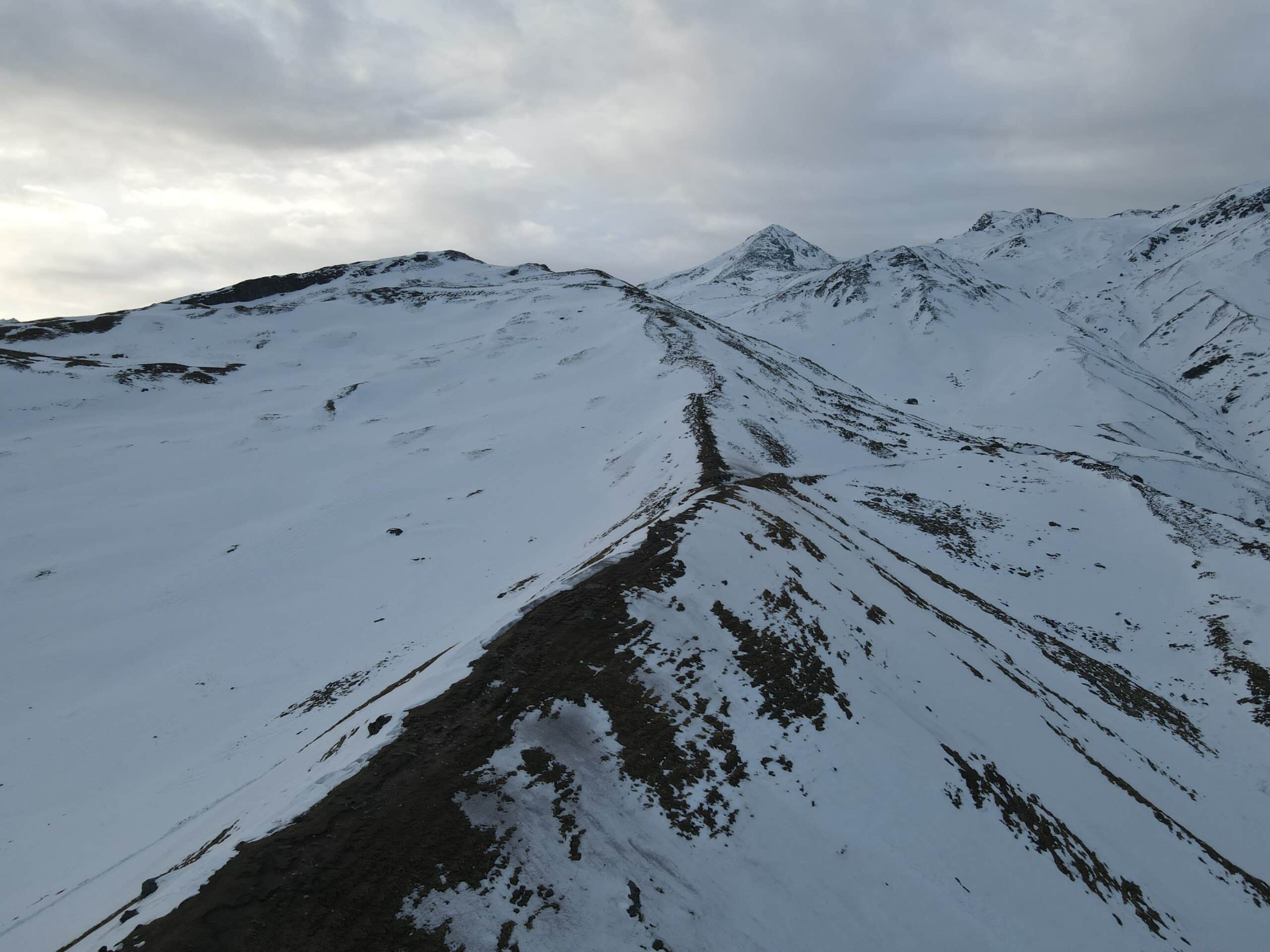Altitude Dehydration Prevention Tips & Risks
Trekkers trekking the Himalayas at altitudes above 2,500 meters often focus on altitude sickness; however, many overlook an equally significant yet less obvious threat: dehydration. At Trekup in India, we’ve witnessed experienced trekkers struggling with dehydration due to not drinking enough water while trekking through mountain ranges. Being dehydrated at high altitudes not only causes unpleasant effects; it may also increase your chance of altitude-related medical syndrome (AMS), impair decision-making skills and limit physical performance.
Why Dehydration Is More Common at High Altitudes?
- High altitude environments can have numerous detrimental effects on our bodies and systems.
- At higher elevations, air can become increasingly humid with reduced levels of water content, increasing sweating and exhalation to release fluids out of your system. Furthermore, more fluid can escape via exhalation than via sweating alone.
- Urination Rate Increases at Altitude. The altitude causes diuretics that lead to more frequent urine output, thus increasing the frequency of urine production.
- Low thirst response. Colds tend to reduce our desire to drink fluids even when we need them most.
- Sun Exposure and Exercise Can Lead to Fluid Loss on Steep Trails, Carrying Bags. Exposure to UV Rays can contribute to fluid loss without you realising it.
Early Detection of Dehydration at Altitude
Recognising early warning signs of dehydration is of utmost importance at altitude, especially if altitude sickness is suspected.
Some indicators include: Cracked lips and cracked mouth
Headaches can often be mistaken for symptoms of Acute Myeloid Leukaemia (AML).
Dark yellow urine indicates low volume urine output.
Lightheadedness or dizziness (lightheadedness or dizziness)
Find yourself feeling exhausted or fatigued more often than expected?
Symptoms that indicate abnormality can include unusual tiredness or fatigue.
Muscle cramps, instability or confusion, rapid heart rate and trekking up tips. When your urine doesn’t pass at least three times each day or appears dark-colored, drinking more water is important.
Prevention: How to Stay Hydrated the Right Way
- Maintain an Adequate Water Intake
It is advised to consume 3-4 litres of drinking water each day at high elevations.
Divide Your Meal: Drink small portions frequently rather than swallowing large volumes all at once.
Implement a water bladder or water bottle equipped with an easily visible scale marking to monitor your consumption of liquid.
- Stay Hydrated Before Trekking
Start each day off right by sipping 500ml of water first thing in the morning before breakfast is consumed. This will get your day going in a hydrating-friendly direction.
Add glucose or lemon for flavour and energy when you aren’t thirsty.
- Smartly Use Electrolytes
Take oral rehydration salts (ORS) or electrolyte tablets every day to counter the loss of salt through sweat.
Sugar or coconut water sachets make excellent natural options.
- Avoid Dehydrating Agents
In high altitude locations, caffeine and alcohol may contribute to fluid loss, and should be limited as much as possible in order to ensure adequate hydration levels in your system.
Be mindful that Diamox increases urination; compensate with extra fluid intake to balance this out.
- Eat Hydrating Foods
Include juicy fruits like apples or oranges as snacks to stay hydrated.
Soups, stews and Dals in camps provide both nourishment and hydration.
Trekup India's Hydration Checklist :
Item | Purpose |
2L+ water bottle or hydration pack | Track and carry water efficiently |
ORS / Electrolyte tablets | Replenish salts lost through urine |
Thermal flask (for warm water) | Encourages drinking in cold weather |
Reusable straw/filter bottle | Safe drinking from streams |
Lip balm & moisturizers | Combat external dehydration signs |
Conclusion
Dehydration at high altitudes is preventable yet potentially hazardous; staying vigilant about drinking enough fluids, monitoring urine colour and replenishing electrolytes will allow trekkers to avoid its debilitating effects. Hydration doesn’t just mean drinking water; rather, it means maintaining body equilibrium even under extreme circumstances.
About Author

Preetam Singh Rawat (Founder)
The person behind this trekking organization is someone who’s spent over a decade – 12 years, to be exact – living and breathing the mountains. With multiple high altitude summits under his belt (we’re talking 6000 to 7000 meter peaks), he’s not just experienced – he’s the real deal.
But what really sets him apart is the sheer number of treks he has guided. He has led over 200 Himalayan expeditions, including well known routes like Bali Pass, Buran Ghati, Rupin Pass, Pin Bhabha, Stok Kangri, and Black Peak. Not just once, but multiple times. So yeah, when it comes to the Himalayas, he knows every twist in the trail and every story the mountains have to tell.
Got questions or want to get in touch? Write to Preetam at preetam@trekupindia.com. He’s always happy to chat about treks, answer your questions, or help you prepare for your next big adventure.
Share this article
Dates For Upcoming Treks
Want To Trek Like Pro?
Basically, watch these videos if you want to trek the same way professional trekkers do and make your skills better. These videos contain useful tips and techniques to further improve your trekking skills itself. These videos actually help both new and experienced trekkers improve their trekking skills. These videos definitely provide useful tips that make your trek better. We are seeing that these videos by Trekup India experts will only help you make your trekking skills better.







Know Everything About Acute Mountain Sickness
Acute Mountain Sickness occurs when people trek to high altitudes above 8,000 feet. This condition itself develops further due to reduced oxygen levels at such heights. Basically, as you go higher up, the air pressure and oxygen levels decrease, which causes the same problem. Acute Mountain Sickness surely causes headache, nausea, vomiting, and dizziness in affected persons. Moreover, peoples also experience difficulty in sleeping during this condition. To avoid mountain sickness, you should actually trek up slowly to higher altitudes. To learn further about this condition itself, watch the videos by Trekup India.





